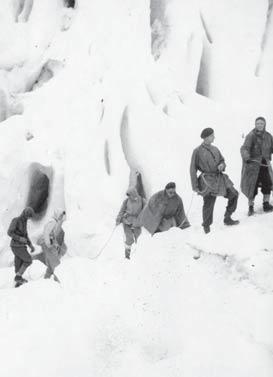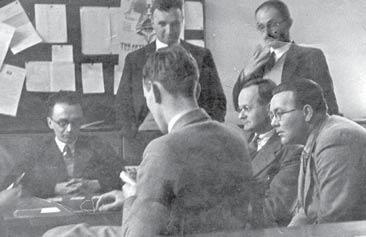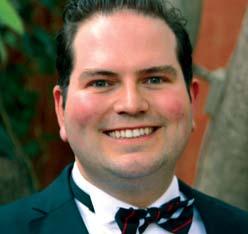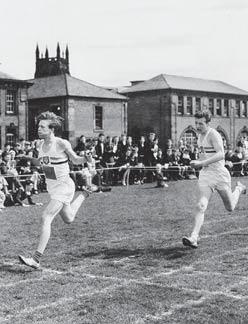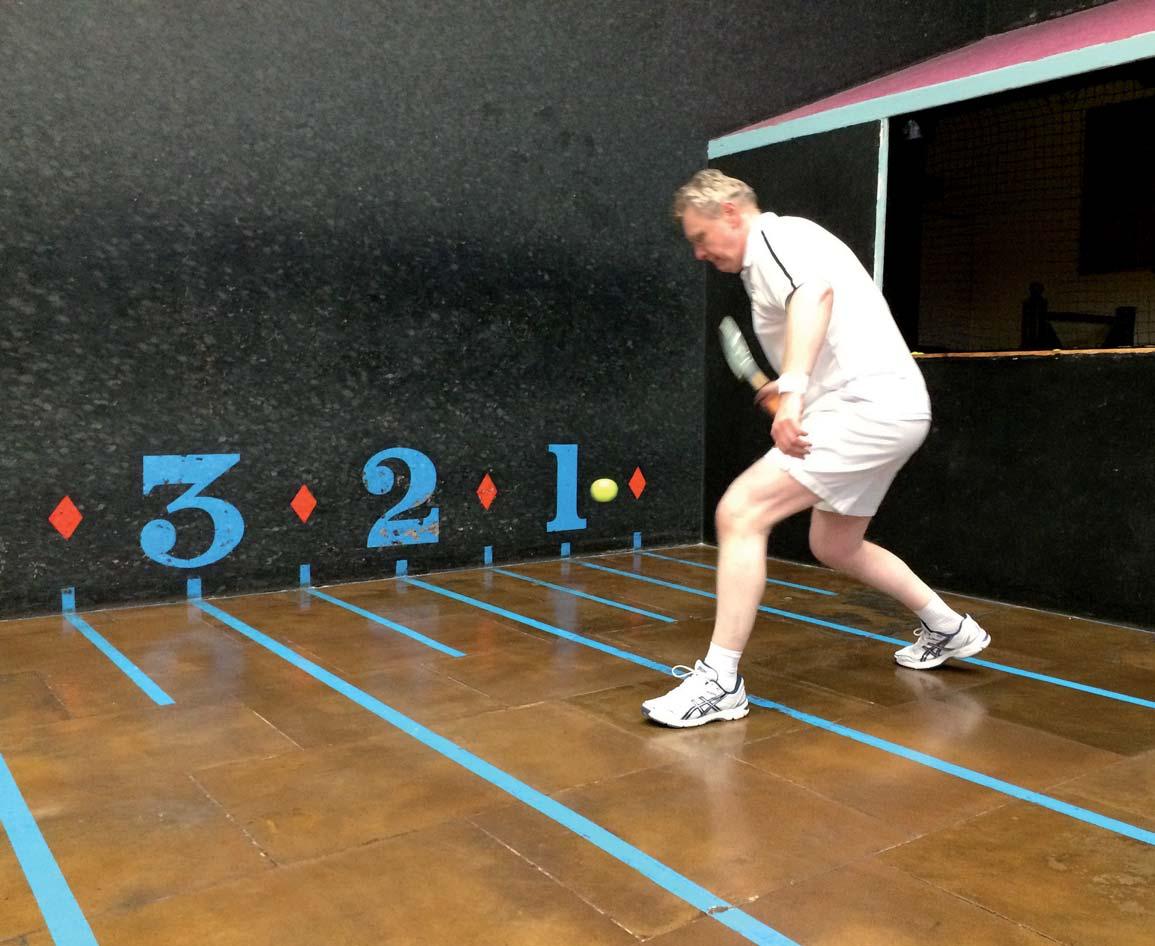
6 minute read
ONA Now and Then
from ONA 96
We started last year anticipating two events in particular. First there was the matter of completing our amazing new sports facility, duly finished in the summer.
Second, we all knew that, sometime over the next 12 months or so, the school would face a major inspection by ISI, the Independent Schools Inspectorate. Inspection is designed to take a snapshot of the school as it really is: but the school knows that, with more than 400 regulatory standards to meet, compliance is nowadays almost as central a focus of the process as the more human judgement of the opportunities the school offers to its students and what they achieve.
Advertisement
As 2016 begins, we can be satisfied that both events have passed successfully, so that we can move forward. The school was indeed inspected at the beginning of December 2015: it is fair to say that the report triumphantly confirms every quality that we attribute to the school. Have a look on the school website www.rgs.newcastle. sch.uk.
We can use that accolade to move further on along that never-ending journey to excellence in all things. Meanwhile, we are loving the fact that we now have a new sixlane, 25 metre swimming pool, a second sports hall, warm and pleasant changing rooms (now, that really is a novelty to those who remember the old games changing room!), and a superb fitness and aerobics suite. Already we cannot imagine how we lived without such facilities!
The school is looking and feeling confident, then! But it does not forget its past, nor its need for help and support from its former students. How good it is to read Peter Alberti’s (45-52) account of the 1952 Norway trip. The more I read about the RGS trips and expeditions in that era, the more I’m convinced that they were unusual for their time in number and ambition.
There’s a strong link with the trips we offer nowadays. Travel is easier, of course: for example, we can routinely put 90 or 100 students, if we wish, on a plane to South Africa – as we shall do this summer, for a tour offering rugby for boys and netball for girls. Last summer saw yet another of those ambitious expeditions organised by World Challenge but again led by RGS staff: the last was to the Himalayas, and there is another trip already planned for 2017, this time to Malaysia.
Other articles in this edition are typical of the RGS, both past and present. Martin Tate (69-77) found an unusual sport in real tennis: we have a number of current students pursuing sports outside the mainstream but at the highest level: most distinctively, at present two reigning world champions in acrobatic gymnastics, half of a four-man U19 team.
Having read of Bill Elliott’s (52-88) contribution to the school, I am delighted to report that in 2015 the RGS sent more of its 18-year-old leavers into engineering courses at university than any other, even beating medicine. If that isn’t about helping to meet a crying national need, I don’t know what is!
Do we make it all look rather simple? I hope not: it isn’t! ONs reading these magazines may feel that the school is prospering with comparative ease. Yet an institution that isn’t constantly upgrading and improving its facilities doing so is in danger of moving backwards, of starting to decay. We can fund such buildings with commercial loans, repaying them through fee-income over a period of years. And many parents can afford those expensive trips: yet many cannot.
The school always finds funds to ensure that bursary holders – those enjoying the opportunities the RGS offers thanks to the financial help from the Bursary Campaign, because their parents do not have the income to afford independent education otherwise – can also participate in major trips if they are an integral part of a team, of a musical ensemble, whatever. But it costs.
Sadly, while we are able to offer a dozen or so new bursaries in a year, we are nonetheless turning away several times that number –children who would satisfy our entry requirements and would thrive at the RGS, but whose parents cannot afford fees and whom we cannot help because we lack the funds.
This is the aspect of excellence that the school cannot develop from its own resources. In every other respect it shines, acknowledged as clearly the outstanding school in the region, and will continue to do so. But in order to help forthcoming generations of students from less affluent homes to thrive at school and then to go out and make their mark in the world and their contribution to society, we desperately need ONs and other donors to support them through the Bursary Campaign.
We know that our very success sometimes acts against us: potential donors sometimes say to us, “But you’re doing so well. You obviously don’t need my help”. We do. The school is in astonishingly good shape: but we still need the help of ONs and others to ensure that academically gifted children from all backgrounds can seize its opportunities and, indeed, add to its unparalleled richness of experience and achievement. Please consider being part of that.
Bernard Trafford
Headmaster
ONA Now and Then
RGS Norway Trip 1952
I am currently clearing out some of a huge, mainly unlabelled collection of photographs and came across these which were taken on the 1952 RGS school trip to Norway. By Peter Alberti (45-52)
I was one of the first year of students not to have been at Penrith, which always seemed to be a dividing mark at the school. The school was back in Newcastle when I started in form 2.2 in 1945. Dr ER Thomas (22-48) was Headmaster.
Some of the real highlights of my time at the school were the school camps. I went to Swaledale, Dentdale, Eskdale, a history camp in Warwick, a couple of harvest camps in Barton-uponHumber and to Norway. This may have been the first post-war foreign excursion from the school and it took place at the end of my last term. I was also able to fit in one more at Barton-uponHumber that summer before going to medical school.
We set sail from Newcastle on what I believe was called, the ‘vomiting Venus’, a ship notorious for its awkward motion and on arrival in Bergen took a fjord steamer right to the very end of the Sonjefjord. A rather rickety motor coach lofted us up into the Jotunheimen Mountains where we spent the next week walking from mountain hut to mountain hut, simple but comfortable lodges. We hiked along the edge of the snowline, usually just below it, sometimes onto it. At one point we saw a huge herd of reindeer; we met other hikers, including a formidable pair of elderly
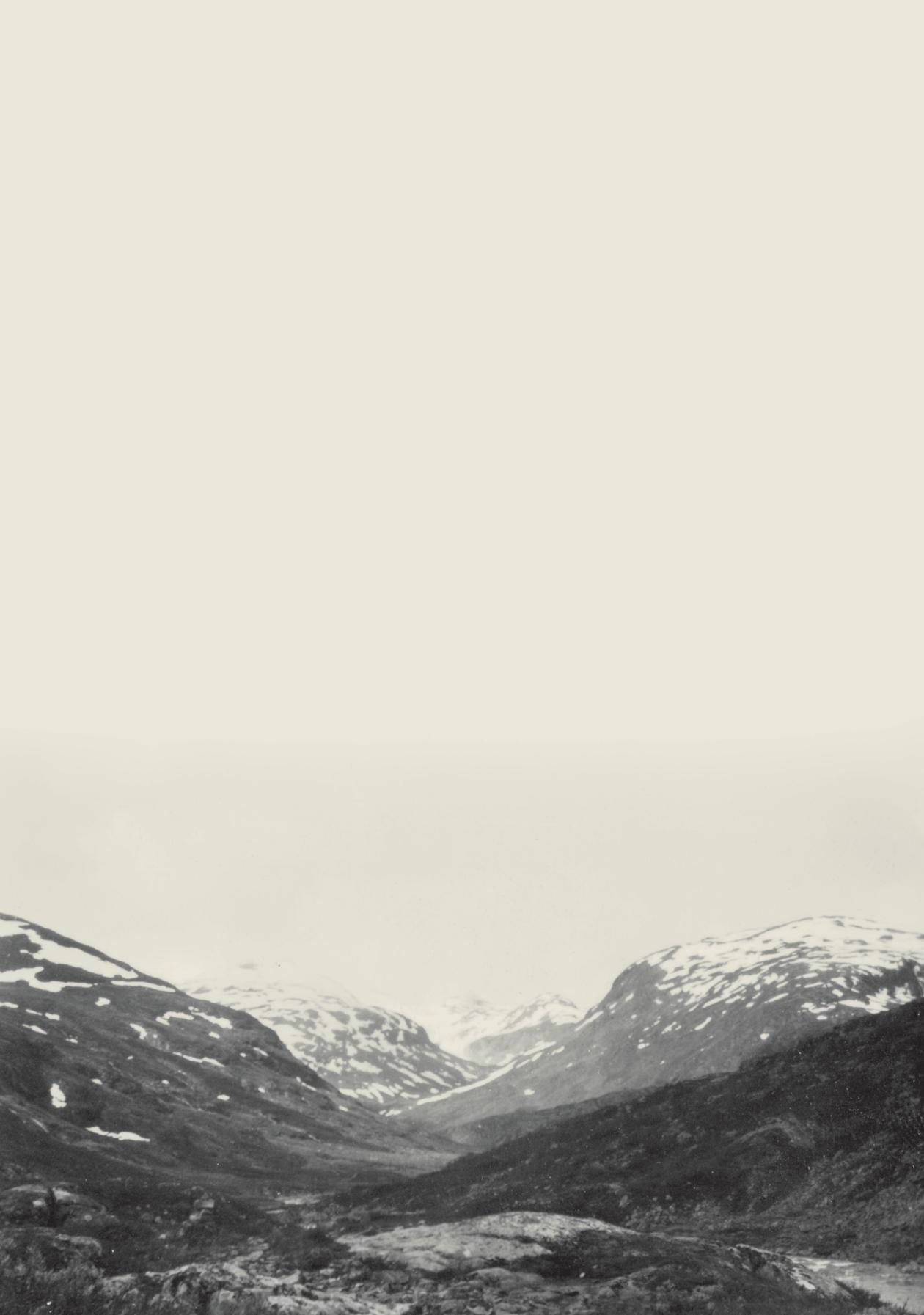
Looking towards the Jostedalsbreen Glacier British twitchers, were introduced to Norwegian goat’s cheese and had a great time. At the end a bus picked us up and took us to the railway about half way between Oslo and Bergen and we returned home. A memorable trip which I’ve just sketched here, under the watchful eye of Laurence ‘Larry’ Watson (30-71) and ‘Freddie’ Galbraith (18-27, staff 30-31 and 49-68).
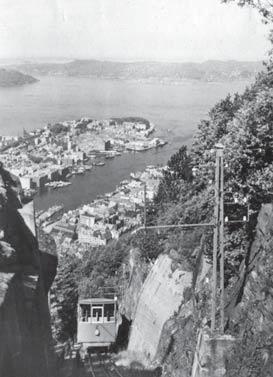
Below top: Bergen as seen from the funicular rail Below bottom: Walking on the Jostedalsbreen Glacier

